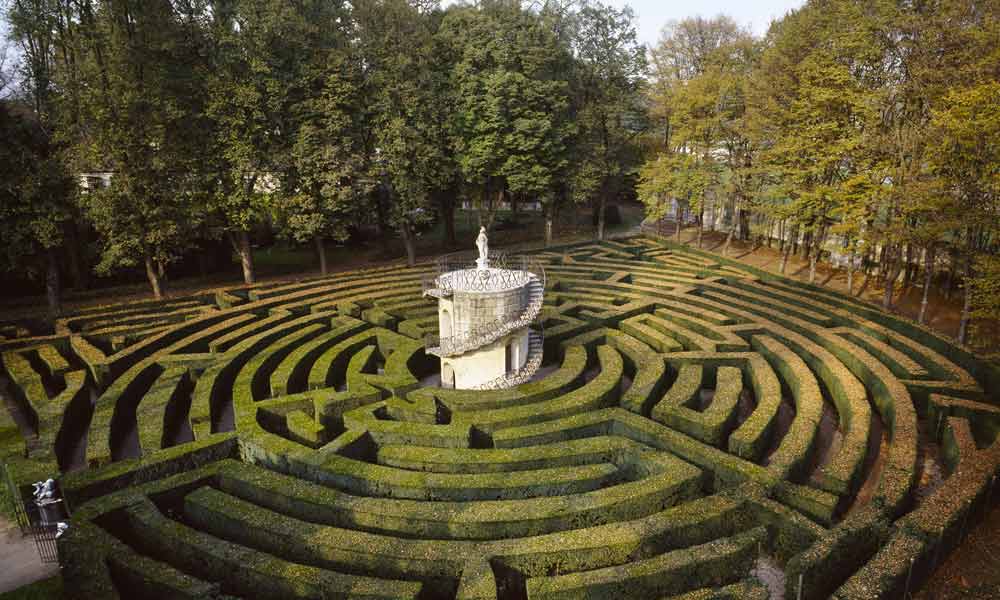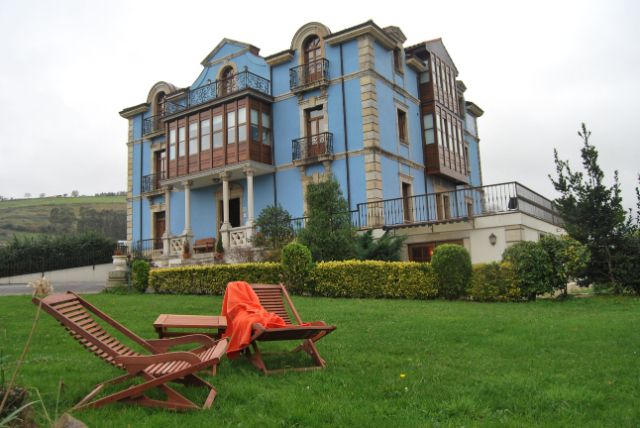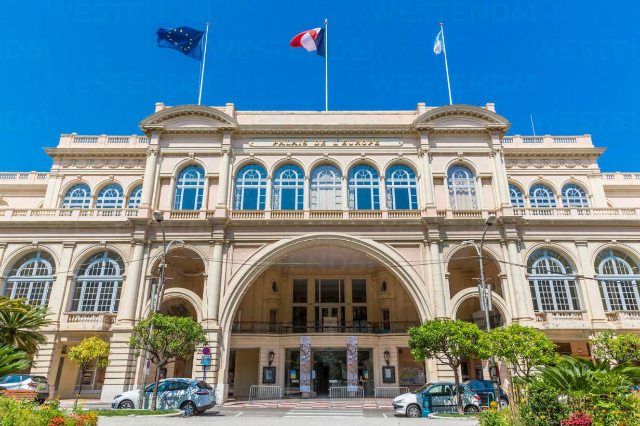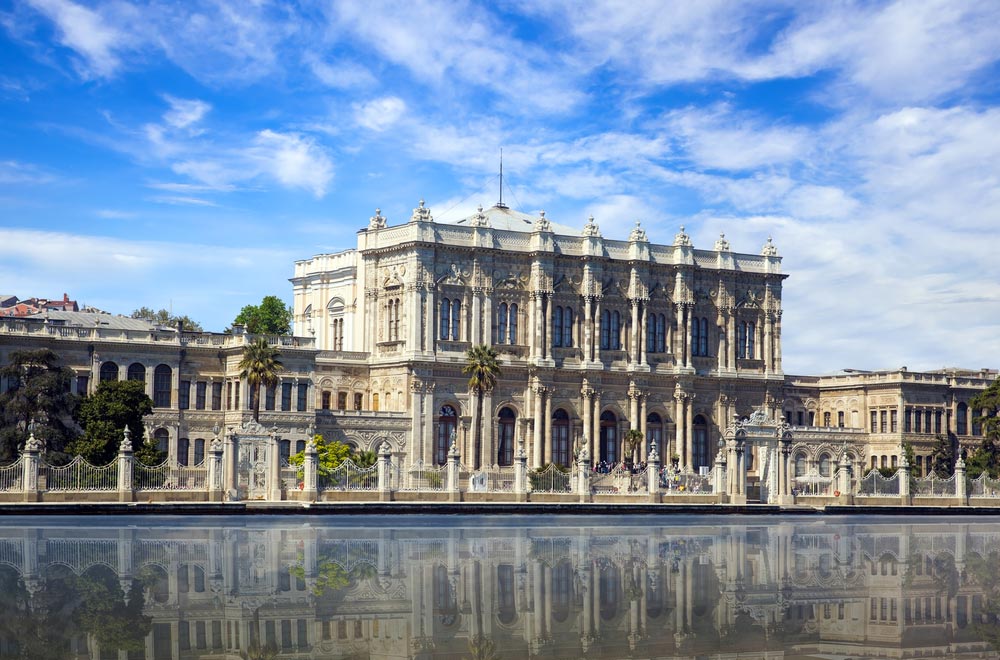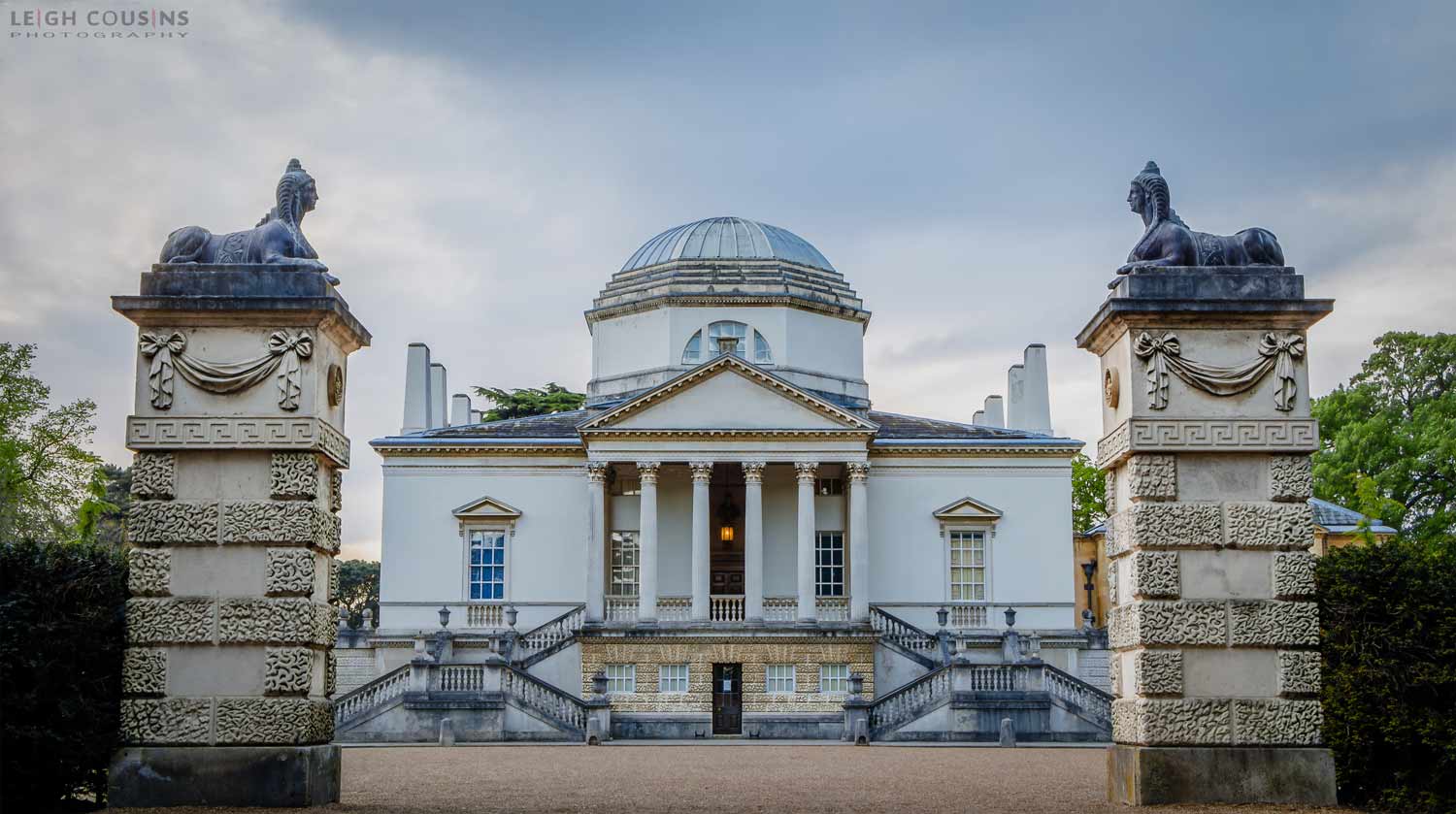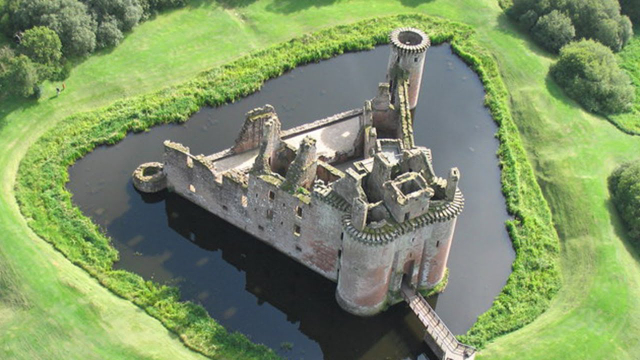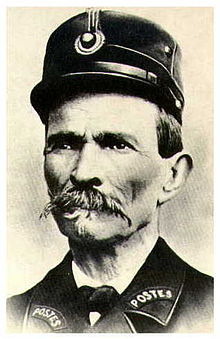Villa Pisani, also known as the National Villa, is one of the most famous examples of a Venetian villa on the Riviera del Brenta; it is located in Stra, in the province of Venice, and overlooks the Naviglio del Brenta. It is now home to a national museum, which preserves works of art and furnishings from the eighteenth and nineteenth centuries. The villa comprises 168 rooms and covers an area of 15,000 square meters.
Since the sixteenth century, the noblest families of Venice chose the banks of the river Brenta to settle their villas there. The park covers 14 hectares. Its design is influenced by the influence of the first decades of the French 18th century, in fact two important literary works have conditioned the character of several gardens. First of all, André Felibien des Avaux, Les plans et le descriptions de de deux maisons de campagne de Pline le Consul, which divulges the reconstruction of a Roman villa with its gardens. Secondly, it is the work of Dezailler D’Argenville, entitled La théorie et la pratique du jardinage, which deals with the canons and ways of composing and creating a garden in the French manner.
Villa Pisani is also famous for its labyrinth of boxwood hedges. It was one of the first areas of the park to be completed if already in 1721 there is talk of its central tower. It was the Renaissance revival of classical topiary ars that made possible the success that plant labyrinths had in the Italian garden until the 18th century. In the Venetian 18th century, in the case of Stra, the playful and loving component predominated, although the symbolic aspect cannot be excluded. In the centre there is a turret, surmounted by a statue of Minerva. In the labyrinth there was a game between lady and knight: the lady stood on the central tower with her masked face and the knight had to reach her, once arrived, she revealed her true identity: but it was always a surprise. The labyrinth is a classical philosophy of the Greek past of the Minotaur and Minos: it can be a Christian symbol but also a pagan one: it expresses the unconscious desire to get lost and then find oneself again.
